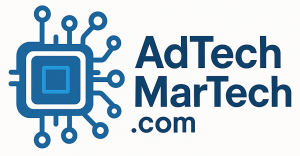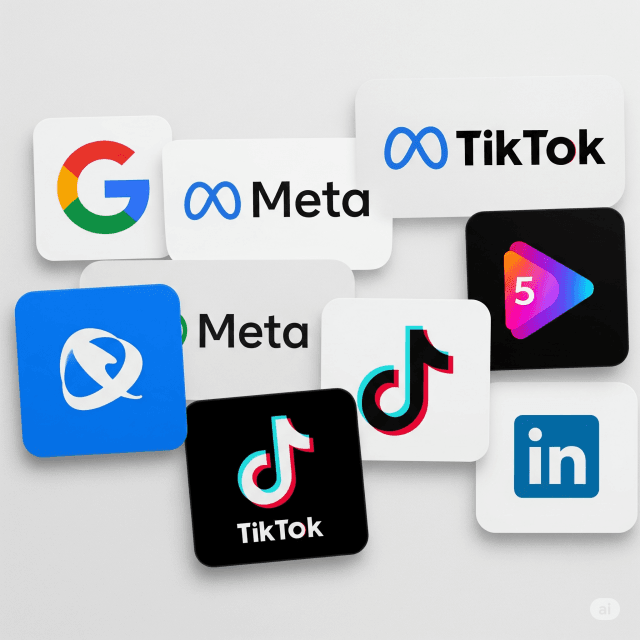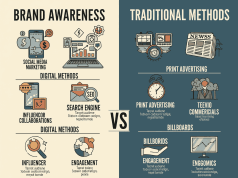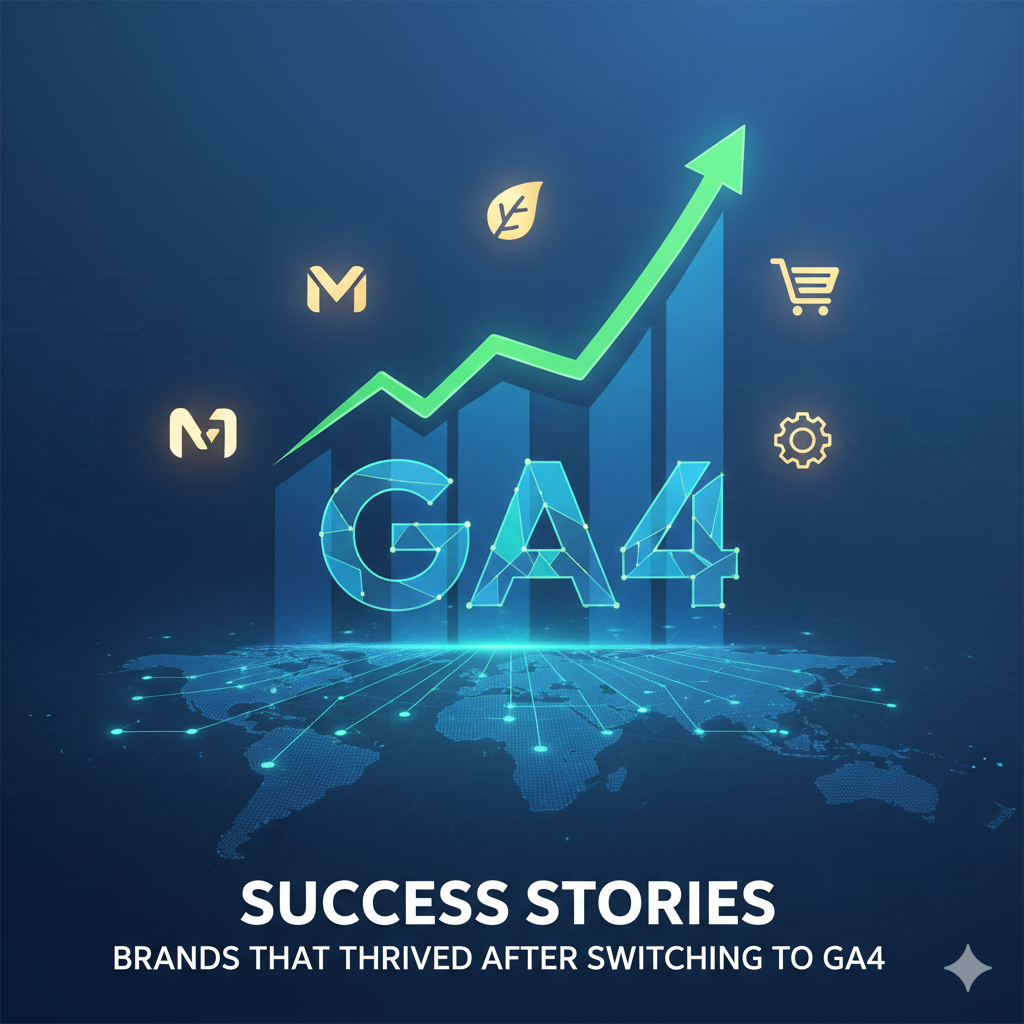In the rapidly evolving landscape of digital marketing, businesses must navigate a plethora of advertising platforms to reach their target audience effectively. From search engines like Google to social media giants, each platform offers unique advantages and tools. This article explores the top advertising platforms you need to know to optimize your marketing strategies and drive success.
1. Google Ads
Overview
Google Ads remains one of the most powerful advertising platforms globally, primarily due to its extensive reach. Advertisers can display ads on Google’s search engine results pages (SERPs), YouTube, and across its Display Network.
Key Features
- Search Ads: Target users actively searching for specific terms, increasing the likelihood of conversion.
- Display Ads: Visual ads displayed across millions of websites, offering extensive brand visibility.
- Video Ads: Promotional content can be placed on YouTube, enabling advertisers to engage users with rich media.
Benefits
- Highly targeted advertising based on keywords, demographics, and interests.
- Advanced tracking and analytics provide insights into ad performance.
2. Facebook Ads
Overview
Facebook Ads leverage the power of social networking, allowing businesses to connect with potential customers based on interests, behavior, and demographics.
Key Features
- Targeting Options: In-depth targeting includes age, location, interests, and even behaviors.
- Ad Formats: Various formats like photo, video, carousel, and stories cater to different marketing goals.
Benefits
- Extensive reach with over 2.8 billion monthly active users.
- High engagement rates, as users interact with friends and content.
3. Instagram Ads
Overview
Owned by Facebook, Instagram Ads capitalize on visual content, making it ideal for brands in fashion, beauty, travel, and food sectors.
Key Features
- Visual Appeal: Leverages high-quality images and videos to attract audience attention.
- Story Ads: Full-screen ads that allow for immersive engagement.
Benefits
- Strong engagement rates with younger demographics, particularly Gen Z and millennials.
- Integrated shopping features enable seamless purchasing experiences.
4. LinkedIn Ads
Overview
LinkedIn Ads is the go-to platform for B2B marketing, connecting businesses with professionals across various industries.
Key Features
- Sponsored Content: Promotes your posts to a wider audience to increase visibility and engagement.
- InMail Ads: Deliver personalized messages directly to LinkedIn members’ inboxes.
Benefits
- Targeting options based on job title, industry, company size, and more.
- Ideal for generating leads and building professional relationships.
5. Twitter Ads
Overview
Twitter Ads operate on a real-time conversation model, ideal for brands looking to engage users with timely content.
Key Features
- Promoted Tweets: Amplify tweets to reach a broader audience.
- Trends and Moments: Leverage trending topics to increase visibility.
Benefits
- Engages with users in real time, creating an avenue for direct interaction.
- Effective for customer service and public relations campaigns.
6. TikTok Ads
Overview
As one of the fastest-growing platforms, TikTok Ads offers a unique approach to advertising through short-form creative content.
Key Features
- In-Feed Ads: Video ads that appear in users’ feeds seamlessly.
- Branded Hashtag Challenges: Encourage user-generated content around a brand.
Benefits
- Captivates younger audiences with innovative, interactive ad formats.
- High potential for virality, especially with creative campaigns.
Conclusion
In today’s digital landscape, choosing the right advertising platform is crucial for reaching your target audience effectively. Each platform has its unique strengths, allowing businesses to leverage them according to their specific goals. From Google’s robust search capabilities to the engaging nature of social media platforms like Instagram and TikTok, marketers have an array of tools at their disposal. By understanding these platforms’ nuances, businesses can craft targeted campaigns that drive engagement and conversions, ensuring they stay ahead in a competitive market.









